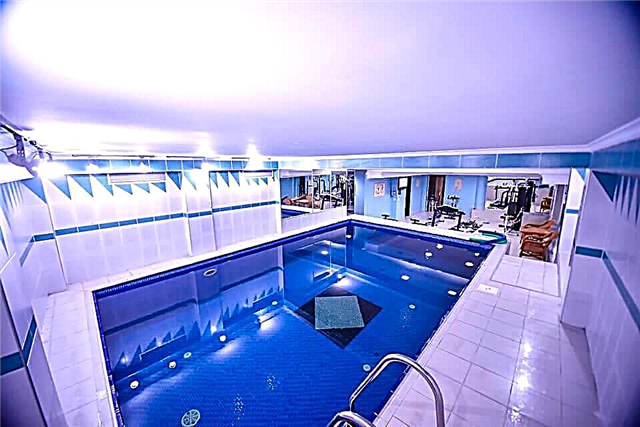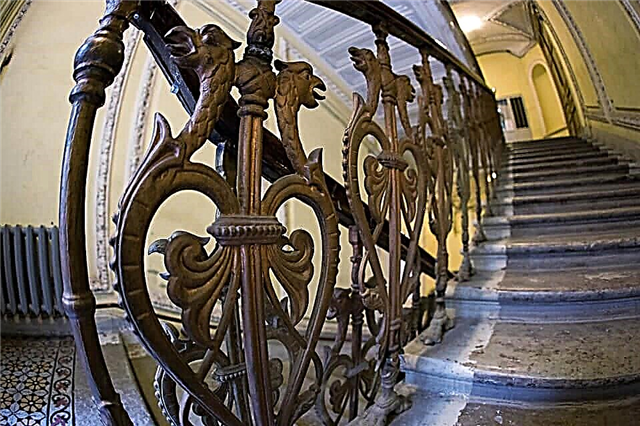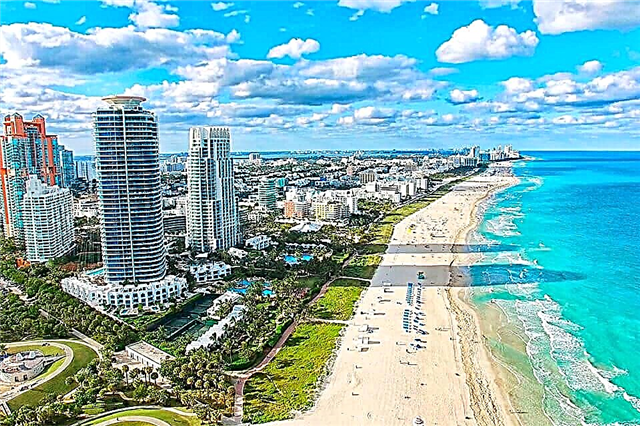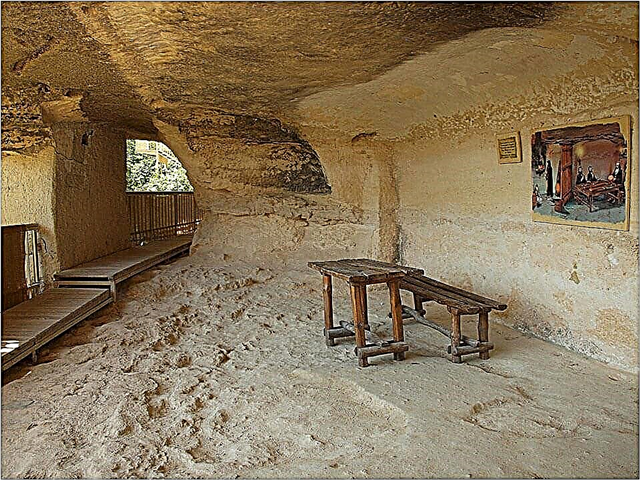Just 20 kilometers from the capital of Hungary, there is one of the most popular tracks of the legendary Formula 1 called Hungaroring. The history of the circuit, the mass of records and memorable events associated with it, cannot fail to attract the attention of fans of the Royal Races and the most ordinary tourists who do not miss the opportunity to get acquainted with the first Formula track, built behind the Iron Curtain.
The proximity of Budapest, famous all over the world for its sights, the most picturesque valley where competitions between the best pilots in the world take place, all this contributed to the fact that the Hungaroring stands are constantly packed to capacity. Moreover, during the Hungarian Grand Prix, spectators can be seen even on the tops of the hills, watching the action unfolding on the track through binoculars and telescopes.
Hungaroring track: a little history
The grand opening of the Hungaroring highway, the construction of which began back in the days when Hungary was part of the “eastern block”, took place in 1986. Bernie Ecclestone came up with the idea to hold the Royal Race behind the Iron Curtain. It should be noted that initially the organizers wanted to host Formula 1 in Yugoslavia, China and even in the Soviet Union. True, not every fan could come from a capitalist country to the USSR or the densely populated Celestial Empire. For this reason, a valley near Budapest was chosen, which was famous among millions of tourists for its hospitality, a mass of historical and architectural monuments.
It is believed that Hungary was simply the closest in terms of living standards to developed European countries, and it was not difficult to coordinate the construction of a new highway with its officials. In fairness, it should be noted that Ecclestone visited the USSR, Yugoslavia and China, but in these countries he ran into a blank wall of incomprehension and indifference to the Royal Races. The Hungaroring autodrome was built in just eight months, which surprised even Bernie himself, who had seen a lot in his lifetime and knew about all the difficulties that accompany the construction of high-quality tracks.
The head of "Formula 1" was not mistaken, and a little more than 200,000 (!) Fans from Europe and Asia came to the first competition in Hungary, called by fans and commentators "an uncompromising battle between two Brazilians". The undisputed leaders then were the legendary Nelson Piquet and Ayrton Senna. Despite the fact that Senna started from the first position, the victory went to the desperate and capable of presenting any surprises Piquet. By the way, this racer, who defended the colors of the McLaren stable, won the second Royal Race, which took place at the Hungaroring circuit in 1987.
Several years passed and the crisis that broke out in many countries of the "Eastern bloc" made itself felt in Hungary. Constant problems with funding, an unstable political situation, complaints from pilots about the condition of the track became the reasons why Hungaroring even wanted to be excluded from the Formula 1 calendar. Fortunately, this did not happen, and at the circuit, built in just 8 months, the most popular races in the world are held annually to this day. The greatest pilot Michael Schumacher (Ferrari) celebrated his triumph here several times, but more often than not, luck in Hungary smiled at the McLaren team.
Hungaroring: features of the track
The Formula 1 circuit, which is 4,384 meters long, is considered one of the most difficult by pilots in the Royal Races calendar in Hungary. The thing is that during the competition it is almost always hot and dry. When gusts of wind appear, sand rises above the track, which not only limits visibility, makes the track slippery, but also clogs the radiators. Overheating of engines and their failure on the Hungaroring have become quite commonplace. The track, located 20 kilometers from Budapest, together with the Monaco track, is considered the slowest: the average speed over the entire distance usually does not exceed 175 kilometers per hour. On the Hungaroring, before each turn, the pilots have to slow down strongly, otherwise the tragedy cannot be avoided….
To win Formula 1 in Hungary, it is necessary to develop a strategy for races at the pit stops and correctly set up the car. For example, when racing on the Hungaroring, high downforce is of great importance, allowing you to safely overcome sharp turns, ups and downs. Alas, it is almost impossible to see spectacular overtaking here. Despite several reconstructions and lengthening of the start-finish line, overtaking here can end in disaster for a desperate pilot. True, as mentioned above, strategy and a successful result in qualifying races most often play a decisive role. It is not uncommon for a driver who started twelfth and even fourteenth to win the Hungarian Formula 1!
Finishing the article about one of the most interesting Formula 1 tracks "Hungaroring", I would like to add that GP2 races are regularly held here, which are considered the best school for a pilot before the "big" start. It is in them that the racer can show all his capabilities, because the chassis, engine and even tires of the cars in the GP2 are the same. According to many experts, the talent of most pilots is revealed precisely on the Hungaroring. Here speed is not decisive: the right tactics, the ability to constantly keep the car under control and concentration of attention when overcoming turns give young talents a start in life.











